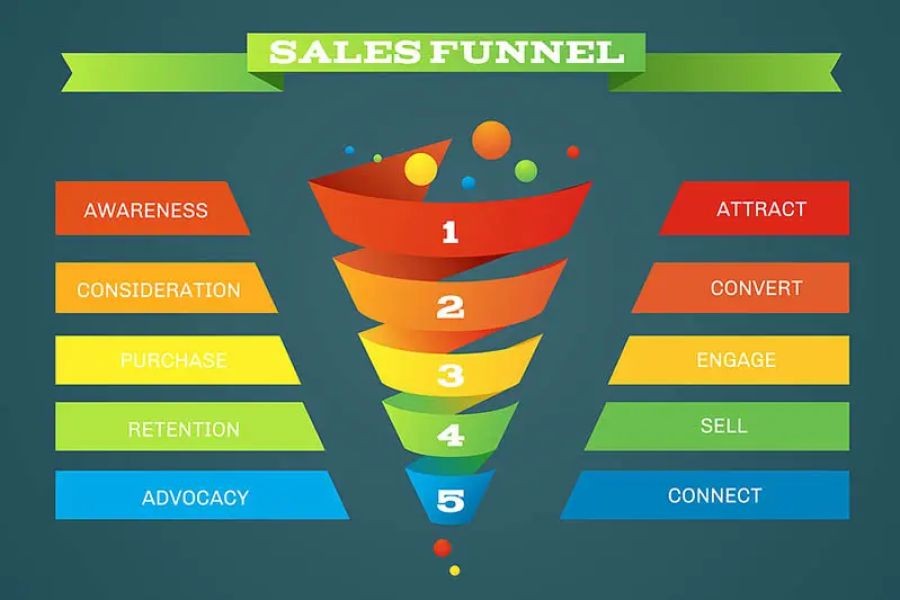In the rapidly evolving financial landscape, New Zealand investors are increasingly seeking low-risk strategies to secure their wealth. Bonds, traditionally viewed as a conservative investment, offer a reliable avenue for building a low-risk portfolio. Understanding the nuances of bond investments, especially within the Kiwi context, is crucial for mitigating risks and capitalizing on potential returns.
Understanding Bonds: A Safe Haven for Kiwi Investors
Bonds are essentially loans made by investors to borrowers, typically governments or corporations, who agree to pay back the principal amount along with interest over a specified period. In New Zealand, bonds have historically been a cornerstone of low-risk investment portfolios due to their stability and predictable returns.
According to the Reserve Bank of New Zealand, government bonds have consistently provided a stable return, averaging around 2-3% annually over the past decade. This makes them an attractive option for risk-averse investors looking to safeguard their capital while achieving modest growth.
Case Study: New Zealand Government Bonds
Problem: In 2018, New Zealand faced an economic slowdown that left many investors wary of volatile markets.
Action: The government issued bonds with attractive yields to encourage investment. Investors flocked to these bonds, valuing their security and steady returns.
Result: By 2023, investors who had allocated their portfolios to these bonds saw a consistent return, with government bonds yielding an average of 2.5% annually. This stability provided a buffer against market volatility.
Takeaway: Government bonds remain a dependable option for Kiwi investors seeking to build a low-risk portfolio.
Pros and Cons of Bond Investing in New Zealand
Pros:
- Predictable Income: Bonds provide regular interest payments, offering a reliable income stream.
- Capital Preservation: Bonds are less volatile than stocks, ensuring capital preservation in uncertain markets.
- portfolio diversification: Including bonds can reduce overall portfolio risk and enhance stability.
Cons:
- Lower Returns: Compared to equities, bonds typically offer lower returns, which might not keep pace with inflation.
- Interest Rate Risk: Bond prices are inversely related to interest rates; a rise in rates can decrease bond values.
- Credit Risk: Corporate bonds carry the risk of default if the issuer faces financial difficulties.
Debunking Common Myths About Bond Investing
Myth: "Bonds are obsolete in a low-interest-rate environment."
Reality: Despite low rates, bonds remain a vital component of diversified portfolios, offering stability and predictable income. (Source: Reserve Bank of New Zealand)
Myth: "Only older investors should consider bonds."
Reality: Bonds are suitable for all investors seeking to balance risk, regardless of age, especially in volatile markets.
Future Trends in Bond Investment
The bond market in New Zealand is poised for transformation, driven by emerging trends such as green bonds and digital asset-backed bonds. According to a report by Deloitte, green bonds are expected to grow significantly as sustainability becomes a priority for investors and policymakers alike. By 2026, green bonds could constitute 20% of the total bond market in New Zealand, offering environmentally conscious investors a chance to align their financial goals with their values.
Conclusion: Building Your Bond Investment Strategy
For Kiwi investors, bonds offer a reliable pathway to building a low-risk investment portfolio. By understanding the local market dynamics and leveraging government and corporate bonds, investors can achieve steady returns while safeguarding their capital. As the market evolves, staying informed about emerging trends and potential risks will be crucial for maximizing returns.
Want to explore more about how bonds can fit into your investment strategy? Share your thoughts or reach out for personalized insights!
People Also Ask (FAQ)
How do bond investments impact New Zealand's economy? Bond investments provide essential funding for government projects and corporate growth, contributing to economic stability and development.
What are the biggest misconceptions about bonds in New Zealand? A common myth is that bonds are only for retirees. However, they are crucial for any diversified investment strategy, providing low-risk income.
Related Search Queries
- New Zealand bond market trends
- Best bonds for Kiwi investors
- How to diversify with bonds in NZ
- Green bonds investment in New Zealand
- Impact of interest rates on NZ bonds































amyveu6426634
6 months ago